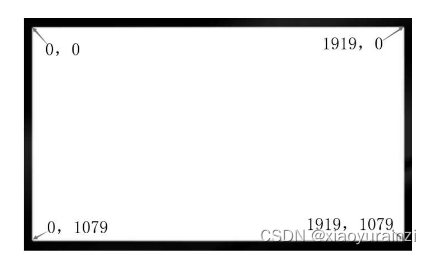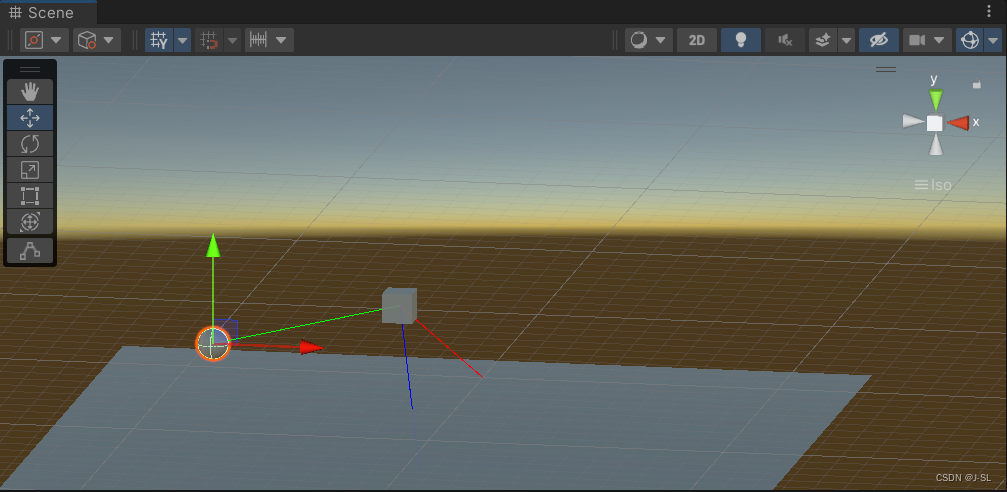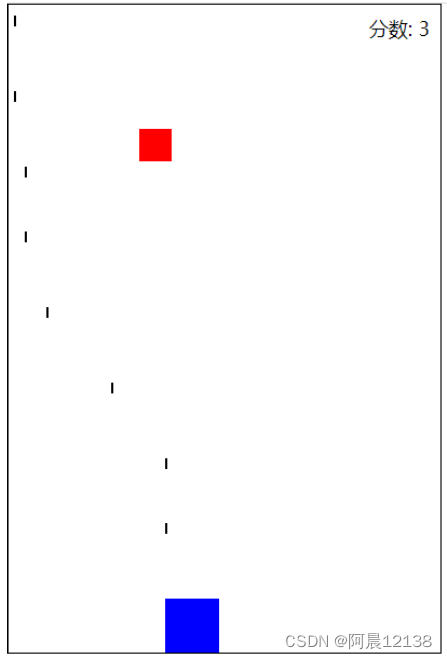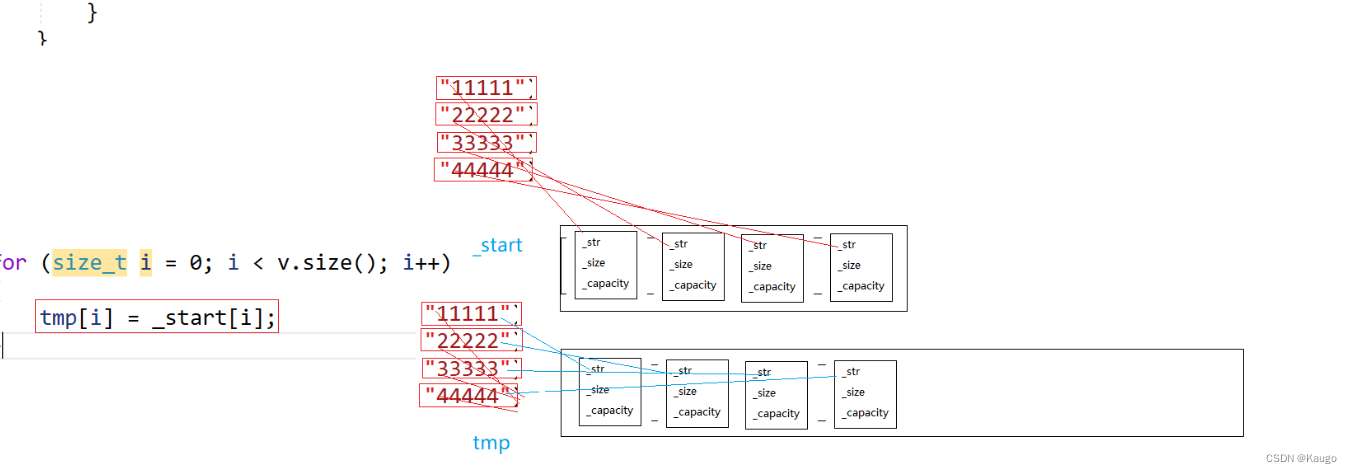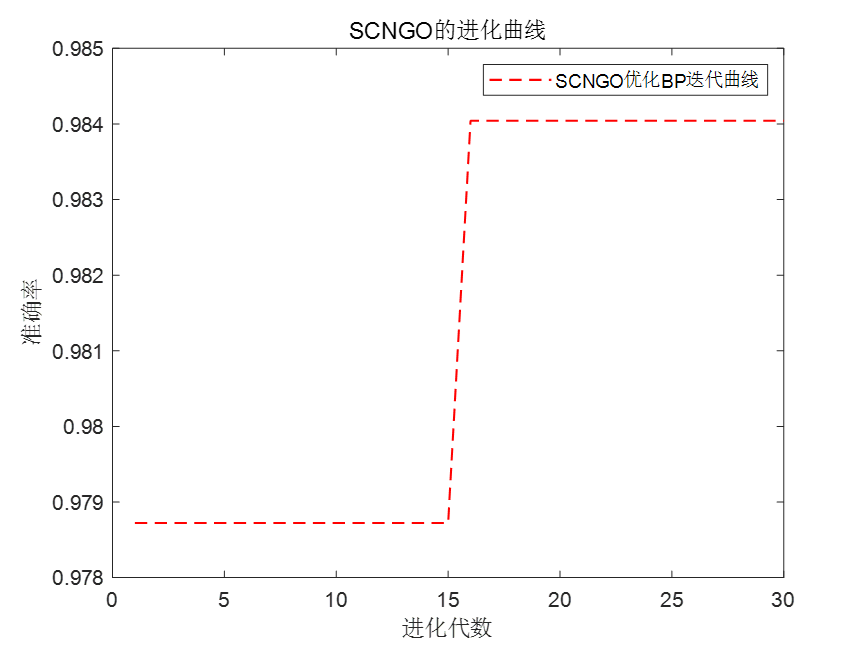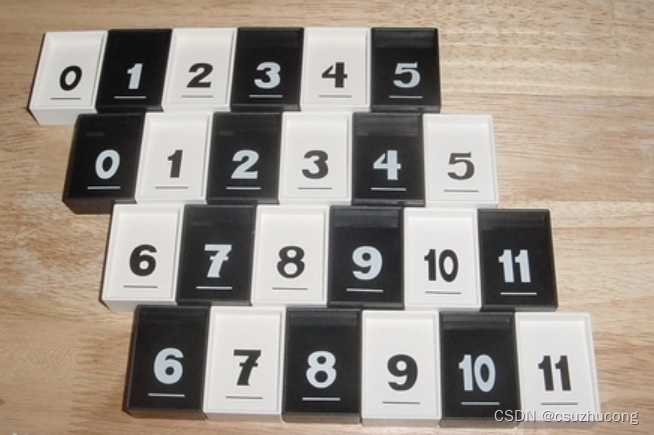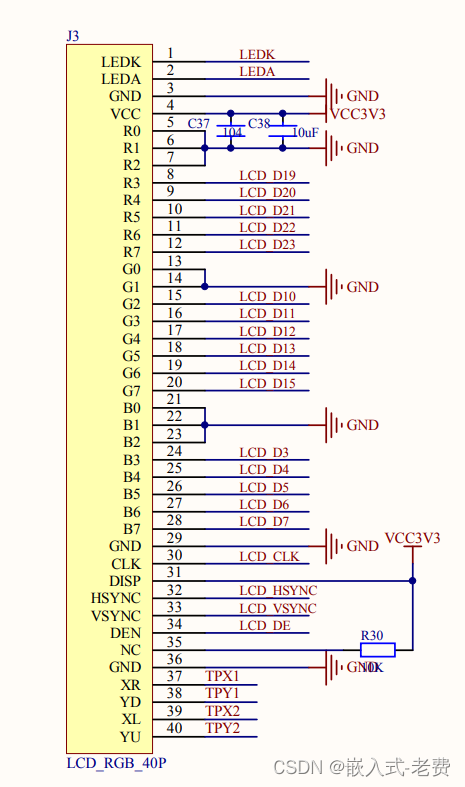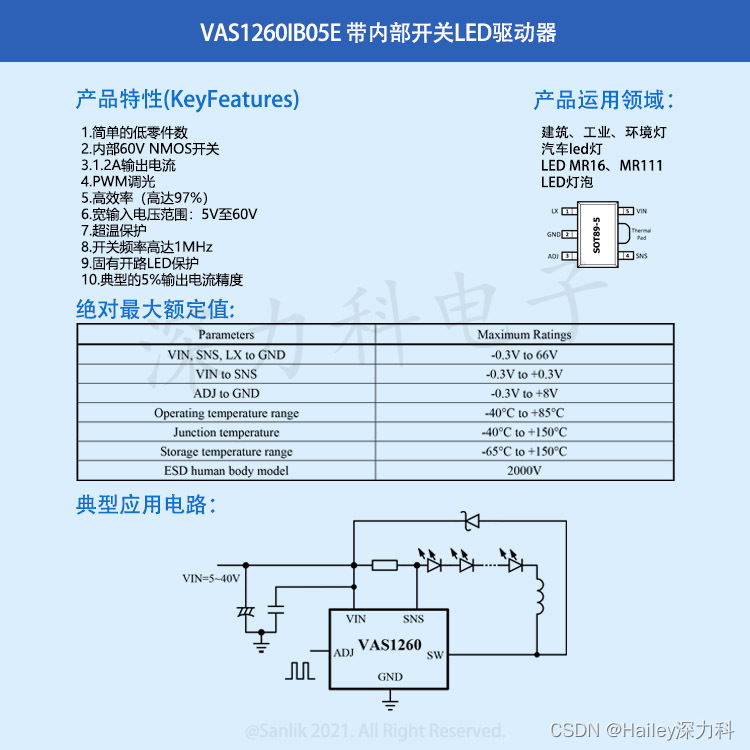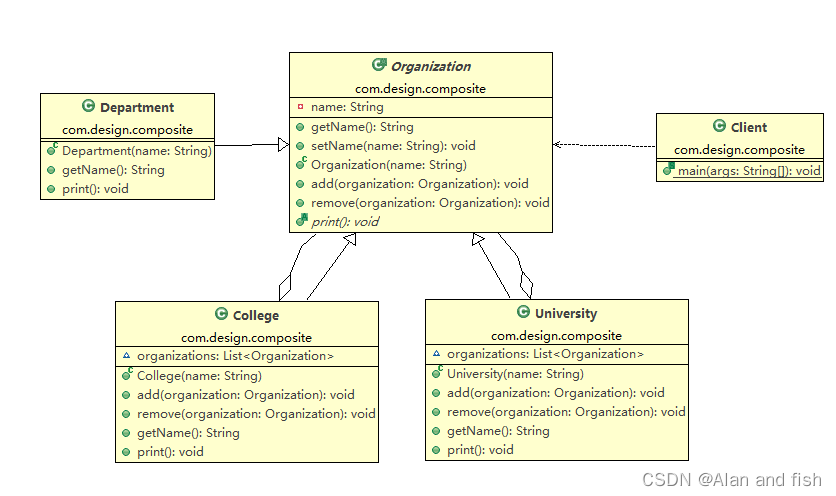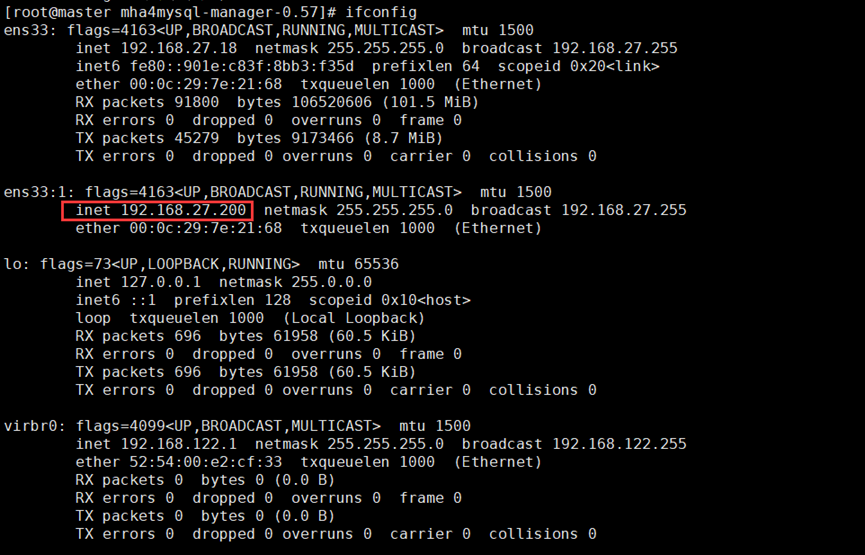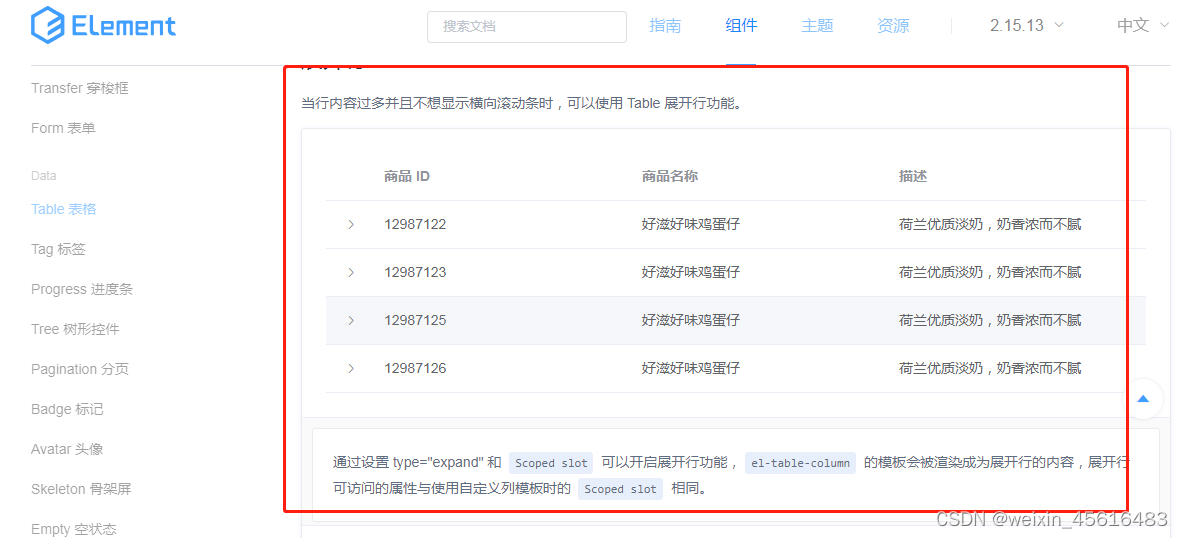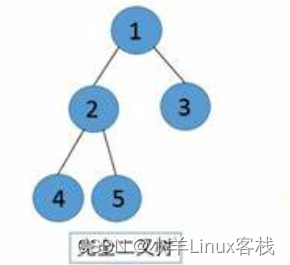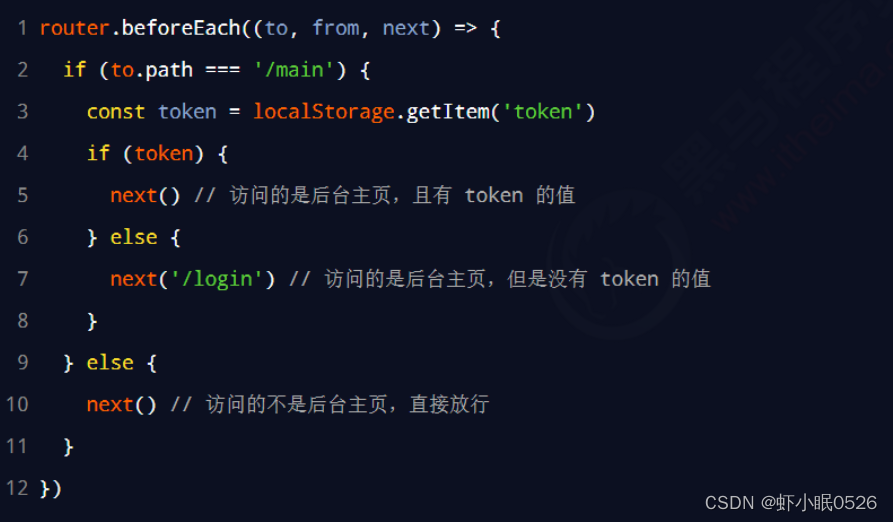37款传感器与执行器的提法,在网络上广泛流传,其实Arduino能够兼容的传感器模块肯定是不止这37种的。鉴于本人手头积累了一些传感器和执行器模块,依照实践出真知(一定要动手做)的理念,以学习和交流为目的,这里准备逐一动手尝试系列实验,不管成功(程序走通)与否,都会记录下来—小小的进步或是搞不掂的问题,希望能够抛砖引玉。
【Arduino】168种传感器模块系列实验(资料代码+仿真编程+图形编程)
实验八十五:LCD1602液晶显示屏1602A模块 蓝屏黄绿屏灰屏5V 3.3V焊排针 IIC/I2C


Arduino实验接线示意图


程序三:显示通过串行端口(例如从串行监视器)发送的文本
(1)Arduino参考开源代码
/*
【Arduino】168种传感器模块系列实验(资料代码+仿真编程+图形编程)
程序三:显示通过串行端口(例如从串行监视器)发送的文本
实验接线
Arduino------LCD1602
5V-------------VCC
GND-----------GND
A4-----------SDA IIC 数据线
A5-----------SCL IIC 时钟线
*/
#include <Wire.h>
#include <LiquidCrystal_I2C.h>//导入1602驱动
// 将 LCD 地址设置为 0x27 以实现 16 个字符和 2 行显示
LiquidCrystal_I2C lcd(0x27, 16, 2);
void setup() {
lcd.init(); //初始化液晶屏
lcd.backlight(); //打开背光
Serial.begin(9600); //初始化串口
}
void loop(){
// 当字符通过串口到达时...
if (Serial.available()) {
// 等待整个消息到达
delay(100);
//清屏
//lcd.clear();
// 读取所有可用字符
while (Serial.available() > 0) {
// 将每个字符显示到 LCD
lcd.write(Serial.read());
}
}
}
(2)实验串口发送文本情况

(3)实验场景图

程序四:显示"Hello, world!"
(1)Arduino参考开源代码
/*
【Arduino】168种传感器模块系列实验(资料代码+仿真编程+图形编程)
程序四:显示"Hello, world!"
实验接线
Arduino------LCD1602
5V-------------VCC
GND-----------GND
A4-----------SDA IIC 数据线
A5-----------SCL IIC 时钟线
*/
#include <Wire.h>
#include <LiquidCrystal_I2C.h>//导入1602驱动
// 将 LCD 地址设置为 0x27 以实现 16 个字符和 2 行显示
LiquidCrystal_I2C lcd(0x27, 16, 2);
void setup() {
lcd.init(); //初始化液晶屏
lcd.backlight(); //打开背光
lcd.setCursor(0, 0);
lcd.print("Hello, world!");
lcd.setCursor(0, 1);
lcd.print("Arduino IIC 1602");
}
void loop(){
}
(2)实验场景图

5、程序五:显示所有键码
(1)Arduino参考开源代码
/*
【Arduino】168种传感器模块系列实验(资料代码+仿真编程+图形编程)
程序五:显示所有键码
实验接线
Arduino------LCD1602
5V-------------VCC
GND-----------GND
A4-----------SDA IIC 数据线
A5-----------SCL IIC 时钟线
*/
#include <Wire.h>
#include <LiquidCrystal_I2C.h>//导入1602驱动
#if defined(ARDUINO) && ARDUINO >= 100
#define printByte(args) write(args);
#else
#define printByte(args) print(args,BYTE);
#endif
uint8_t bell[8] = {0x4, 0xe, 0xe, 0xe, 0x1f, 0x0, 0x4};
uint8_t note[8] = {0x2, 0x3, 0x2, 0xe, 0x1e, 0xc, 0x0};
uint8_t clock[8] = {0x0, 0xe, 0x15, 0x17, 0x11, 0xe, 0x0};
uint8_t heart[8] = {0x0, 0xa, 0x1f, 0x1f, 0xe, 0x4, 0x0};
uint8_t duck[8] = {0x0, 0xc, 0x1d, 0xf, 0xf, 0x6, 0x0};
uint8_t check[8] = {0x0, 0x1, 0x3, 0x16, 0x1c, 0x8, 0x0};
uint8_t cross[8] = {0x0, 0x1b, 0xe, 0x4, 0xe, 0x1b, 0x0};
uint8_t retarrow[8] = { 0x1, 0x1, 0x5, 0x9, 0x1f, 0x8, 0x4};
// 将 LCD 地址设置为 0x27 以实现 16 个字符和 2 行显示
LiquidCrystal_I2C lcd(0x27, 16, 2);
void setup() {
lcd.init(); //初始化液晶屏
lcd.backlight(); //打开背光
lcd.createChar(0, bell);
lcd.createChar(1, note);
lcd.createChar(2, clock);
lcd.createChar(3, heart);
lcd.createChar(4, duck);
lcd.createChar(5, check);
lcd.createChar(6, cross);
lcd.createChar(7, retarrow);
lcd.home();
lcd.print("Hello world...");
lcd.setCursor(0, 1);
lcd.print(" i ");
lcd.printByte(3);
lcd.print(" arduinos!");
delay(5000);
displayKeyCodes();
}
// 显示所有键码
void displayKeyCodes(void) {
uint8_t i = 0;
while (1) {
lcd.clear();
lcd.print("Codes 0x"); lcd.print(i, HEX);
lcd.print("-0x"); lcd.print(i+16, HEX);
lcd.setCursor(0, 1);
for (int j=0; j<16; j++) {
lcd.printByte(i+j);
}
i+=16;
delay(4000);
}
}
void loop(){
}
(2)实验场景图






程序六:闪烁的小星星(光标)
(1)Arduino参考开源代码
/*
【Arduino】168种传感器模块系列实验(资料代码+仿真编程+图形编程)
程序六:闪烁的小星星(光标)
实验接线
Arduino------LCD1602
5V-------------VCC
GND-----------GND
A4-----------SDA IIC 数据线
A5-----------SCL IIC 时钟线
*/
#include <Wire.h>
#include <LiquidCrystal_I2C.h>//导入1602驱动
// 将 LCD 地址设置为 0x27 以实现 16 个字符和 2 行显示
LiquidCrystal_I2C lcd(0x27, 16, 2);
void setup() {
lcd.init(); //初始化液晶屏
lcd.backlight(); //打开背光
}
void loop() {
bool blinking = true;//判断布尔闪烁
lcd.cursor();
while (1) {
if (blinking) {
lcd.clear();
lcd.print("No cursor blink");//光标不闪烁
lcd.noBlink();
blinking = false;
} else {
lcd.clear();
lcd.print("Cursor blink");//光标闪烁
lcd.blink();
blinking = true;
}
delay(4000);
}
}
(2)实验场景图



